![writerphoto]()
Sydney Seekford
Gourmet Creator
American living in Japan since 2022. Food writer and gourmet content creator for Japan’s most well known food media. Founder of menu translation and language support service MENUWIZ. Work history includes copywriting for booking platforms, video and media production and appearances, and consulting in F&B for household brands. Passionate about regional revitalization and slow tourism with a focus on local food culture.
Journeying to Yanagiya
Yanagiya is well known in gourmet circles for being far off the beaten track. But for travelers heading to Nagoya, Yanagiya is just an hour-long train to a life-changing meal. Diners venture into the mountains of Gifu to enjoy rustic open-fire cooking, ancient preservation methods and bounteous local produce and wild game. Once a house, now a hundred-year-old shrine to the old ways of Japan, Yanagiya serves guests in private dinings rooms. As seasonal dishes are prepared behind the scenes, guests sit on tatami around a central hearth. Over these crackling fires, wine is poured, conversation flows, and memories are made.
![旅で出会う味ー郷土料理の名店「柳家」で体験する山の恵み]()
In the quiet town of Mizunami, where Yanagiya sits in a 170 year old hilltop kominka, bumbling tourists are few and far between. The trip from Tokyo takes two hours on the shinkansen to Nagoya station, followed by an hour on the Chuo line and a private 15-minute shuttle from Mizunami station. Despite its remote location,Yanagiya has a solid reputation as a gastronomic pilgrimage. Once popularly voted “the best restaurant in Japan”by users of a top domestic restaurant site, some have even called it the best restaurant in the world.
![旅で出会う味ー郷土料理の名店「柳家」で体験する山の恵み]()
Yanagiya is currently directed by its third generation owner, a chef born and raised in Gifu. Its flavors, pulled from nature roots and all, are distinct from well-known Japanese comfort foods. But its ancient, labor intensive cooking style goes hand-in-hand with the distinctive ingredients that can only be enjoyed in this season. Vegetables foraged from the surrounding woods, wild game and river fish, and more exciting delicacies poured from every sliding paper door.
The Meal
Dinner starts with drinks. We clink beers, nonalcoholic ones, and open bottles of reds and sake through the evening. The most familiar courses are the heartiest and all of them are roasted gently next to the fire. Occasionally, staff give them a sear, causing the flames to lick upward with a crackle as fat drips onto the coals. The unceremoniousness of it is actually welcome – we feel more like this is a family bonfire or barbeque than some holy act. It’s the perfect setting for a meal where easy luxury comes from the ground and streams.
Ghibier and trout make up our proteins for the evening. Venison is served two ways, a skewer of shinzou (heart) which is tender and lean, and a skewer of loin roast. The venison at Yanagiya is impressively fresh and light, especially at this time of year. The deer have burned off their winter fat and are just starting to graze on new leaves. Even offal trainees will appreciate the wood-fire sirloin quality of Yanagiya’s soy-glazed venison heart.
![旅で出会う味ー郷土料理の名店「柳家」で体験する山の恵み]()
In a playful twist, we were treated to a tabe kurabe experience, meaning to eat and compare, with the same cut of loin roast from a wild boar. Like a head-to-head of well marbled steak and thick cut bacon, the two slabs of game were roasted on the irori hearth right in front of us and seasoned with Japan’s traditional yuzukosho and grain mustard respectively. Tasting one after another emphasized not only the unique qualities imparted by a natural, wild diet, but also the inherent differences in texture and flavor between the two – both delicious, but very different.
![旅で出会う味ー郷土料理の名店「柳家」で体験する山の恵み]()
Stuck in the ash to roast slowly on a skewer, a whole amago robatayaki was prepared for each guest. These fish, Japanese spotted trout, are in season before ayu and lack ayu’s polarizing flavor. When removed from the hearth, the fish's skin is perfectly taut and crisp. It’s got a mild flavor and flakey white meat, to be enjoyed from maw to tail, bones and all. We picked off the fins, which had crystallized with salt, before digging in straight off the skewer, cartoon-caveman style.
Impressive as those were however, in spring, vegetables are the star. There are well-known staples. Teriyaki takenoko (bamboo shoots) soak up the glistening sauce and season themselves as the fire coaxes out umami juices. Besides these, spring-time treases, wild vegetables called sansai, filled out our menu for the evening.
The ten-plus course meal featured foraged vegetables from the first bite to the last. Many of the plants we tried never make it outside of Japan, and some are so rare we had never encountered them before. A small appetizer tray of three impactful bites set the tone with stewed and marinated plantlife, including some highly anticipated Japanese ramps.
![旅で出会う味ー郷土料理の名店「柳家」で体験する山の恵み]()
Next came a heaping plate of tempura, the most widely accepted method of eating sansai. Butterbur sprouts, called fuki no tou in Japanese, have a pungent flavor mellowed by high-speed frying. Fiddleheads and bracken, otherwise fibrous and bitter, become delicate crisps of yielding green in the hot oil. It’s easy to see why the sansai season lends itself to tempura. Would-be woody stems of juvenile trees and shrubs become delicious and soft under batter so airy, the blotting sheet is practically spotless.
Specimens too small or unshapely for the tempura became a fragrant stew. Fragments of vegetable, offcuts of wild boar, tofu and mushrooms simmered in a huge black cauldron, blocking the view of comrades across the table. The purity of the boar fat made the soup rich, while vegetal notes left us with a fresh aftertaste of woodland delights. Admittedly, I went for thirds, heaping the dredges over the final bites of our last course.
![旅で出会う味ー郷土料理の名店「柳家」で体験する山の恵み]()
At the end of the meal, even smaller, minced sansai reintroduced themselves as green flecks in a steaming clay pot of fresh, white rice. This takikomi gohan, rice prepared with other ingredients mixed in before cooking, was perfumed with what can only be described as, “outside.” On top, pearls of tempura offered a satisfying crunch in each bite.
Nothing is wasted in this kitchen – not even the leftover fry batter that became crunchy accents to our shime rice served with sansho and pickles. More importantly, the balanced use of every ingredient made the flow of the meal feel effortless. Each flavor led naturally to the next, going back and forth between savory and bitter, crunchy and soft. It’s rare to have a meal with such generous use of lipids and come away feeling clean as we did.
![旅で出会う味ー郷土料理の名店「柳家」で体験する山の恵み]()
Despite the comfortable flavors and textures, we enjoyed a number of surprises, the bones-and-all fish not least among them. One of our appetizers, a tsukudani soy sauce preserve, turned out to be sticky simmered bee larva called hachi no ko. A drinking snack from long before our time, the centimeter long morsels were salty and spicy with a strong soy-ginger flavor. They would have been right at home in a salad with ginger dressing and had the same delicate crisp as rice cereal in milk.
Throughout the meal, rare and prized sansai kept us on our toes. One of these, koshiabura, is called the queen of sansai. It is both beautifully shaped and mildly flavored, encompassing the best of spring with one ingredient. The tempura course even included a wild vegetable totally new to me, called yuki no shita, meaning, “under the snow.” The deep purple leaf looks almost like red shiso, but its flavor is much more subtle.
The Experience
Yanagiya’s countryside dining experience goes beyond the food, immersing diners in the cooking process as they chat over the quietly flickering hearth. We were mesmerized watching raw materials change slowly, slowly, over the heat. Surprisingly, Yanagiya specializes in French wine, with some rare bottles at reasonable prices. As they eat, diners get a look behind the scenes at rural and ancient ways of life in Japan. It’s a meal with extremely high quality food for the price, even if travel costs will set you back a bit.
![旅で出会う味ー郷土料理の名店「柳家」で体験する山の恵み]()
Every dining room is private, with sunken floor seating around the hearth and tatami flooring. Six could sit comfortably around our table with room for leg stretching, and even in the chilly spring evening, the dry warmth of the irori hearth kept us cozy (and admittedly, a bit too warm at times.) We were put at ease knowing we could talk and laugh loudly in our own language while faces we would never see shouted enthusiastically over their drinks in the neighboring room. The ease of a friend’s pub with notably better food.
Yanagiya offers an incredibly memorable meal. Thanks to the private shuttle service and efficient but comfortable pacing, dinner at Yanagiya is a doable day trip from Tokyo or Osaka. Our 6 o clock dinner finished around 8:45 with plenty of time to catch the Shinkansen back.
The Verdict
After one meal, it’s obvious why travelers and locals come again and again, booking months in advance to secure a table out in the woods. The friendly owner speaks enough English to help where needed, and the staff get by politely. The meal feels fully intentional and familial, like eating in a friend’s home. Dinner is a winning combination of once in a lifetime experiences and flavors that capture the essence of Japan’s ancient forests. Yanagiya is definitely worth a special trip for a meal Tokyo and Osaka could never recreate – one that fascinates, educates, and most of all, satiates.
Cuisine Yanagiya
Open:
[Sunday] 12:00 pm - 9:00 pm[Tuesday - Saturday] 12:00 pm - 10:00 pmClosed:
MondayAverage price:
[Dinner] 19,800 JPY / [Lunch] 19,800 JPYAccess:
Address:
Gifu Prefecture Mizunami City Tocho Sarutsume 573-27 MapMore Details 


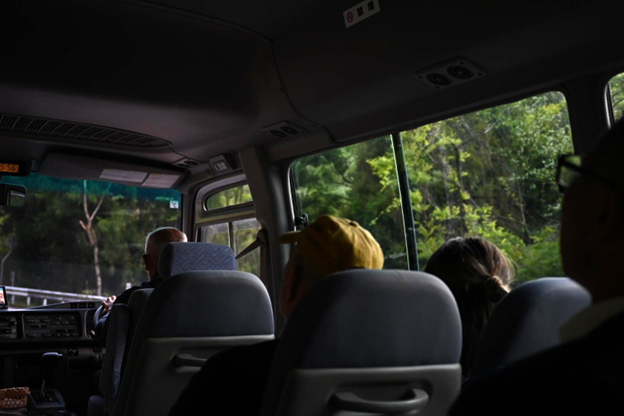
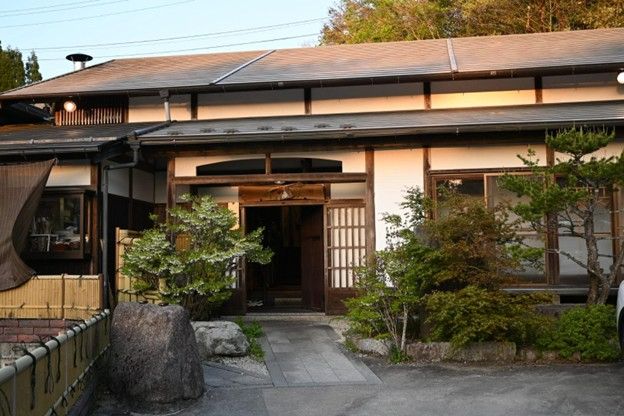
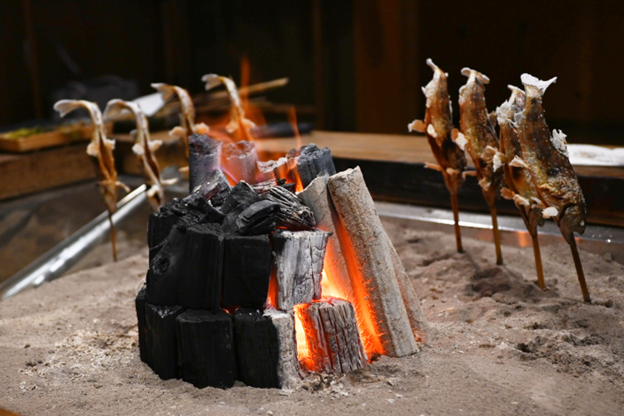
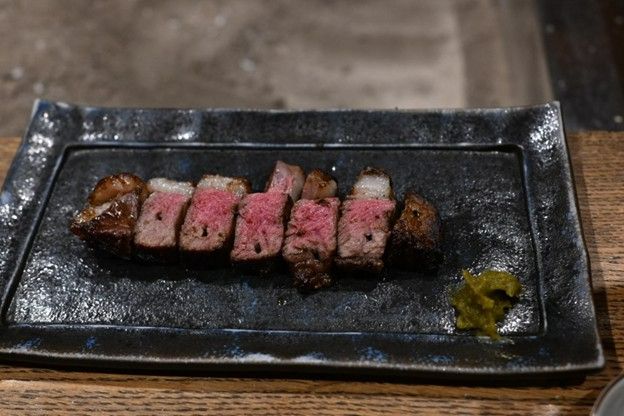
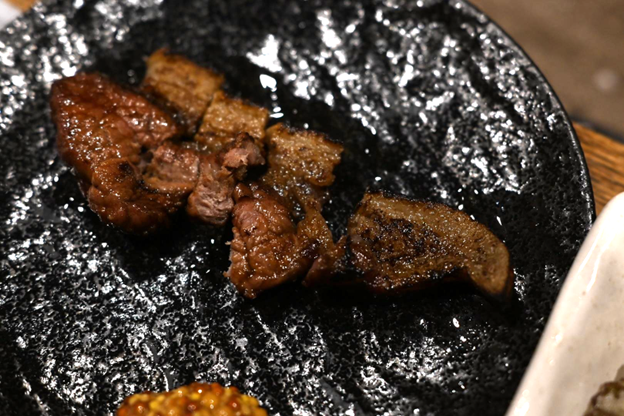
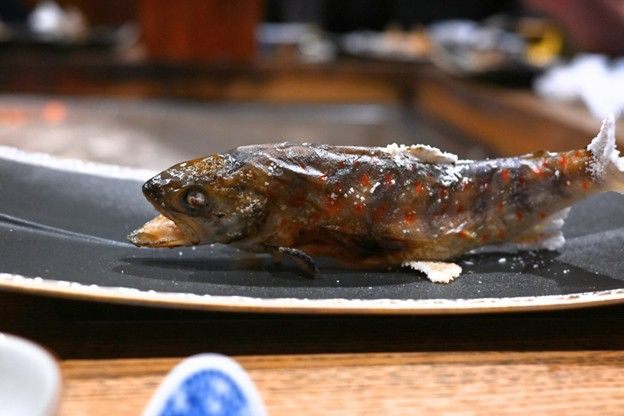
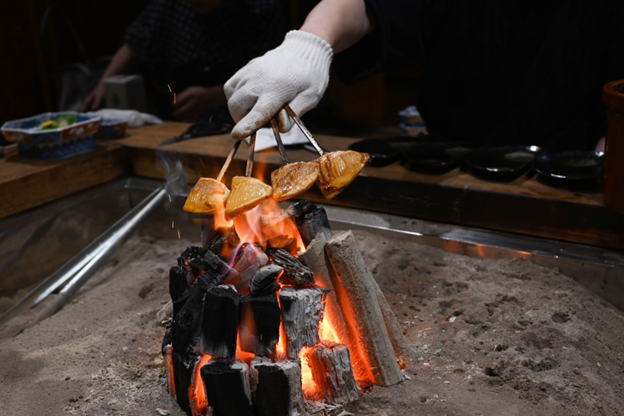
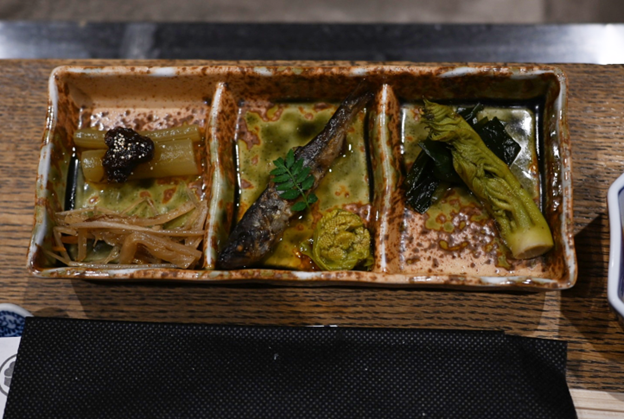
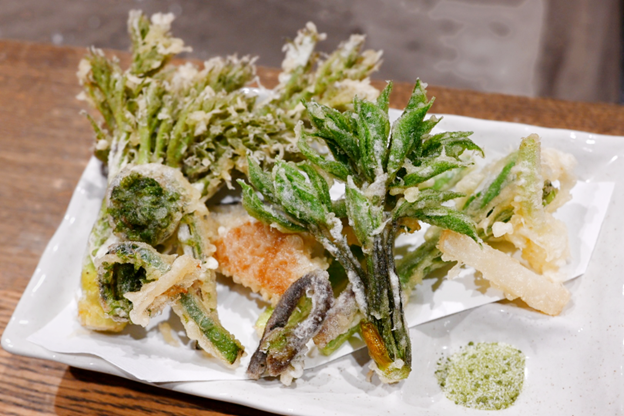
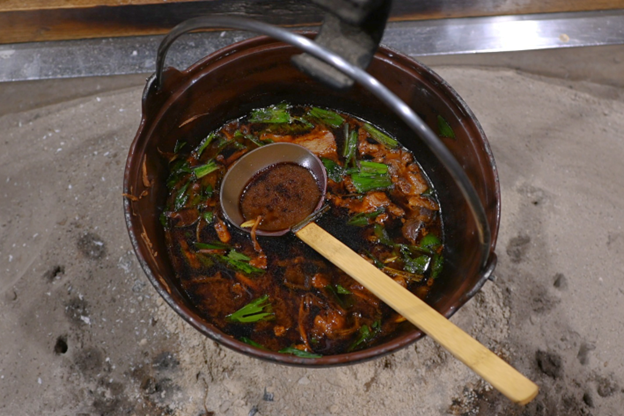
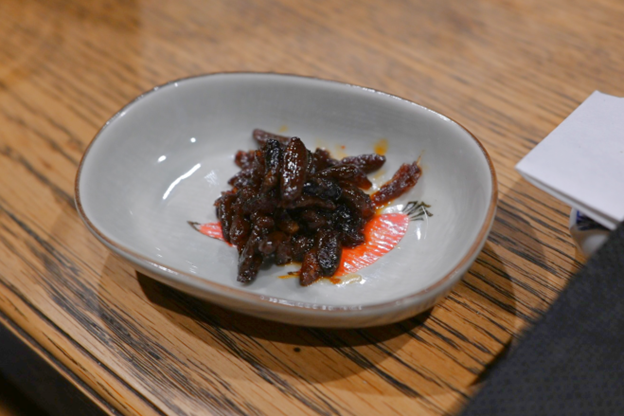
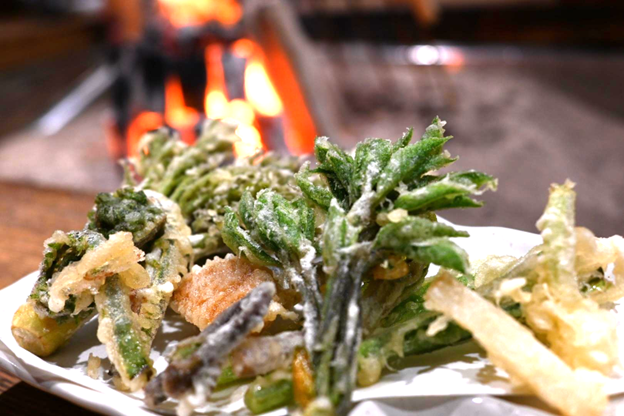
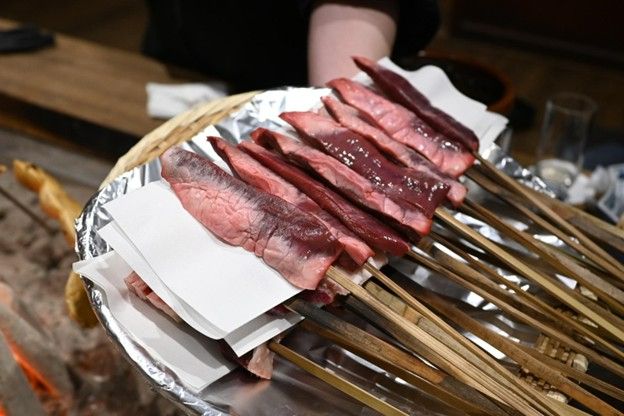
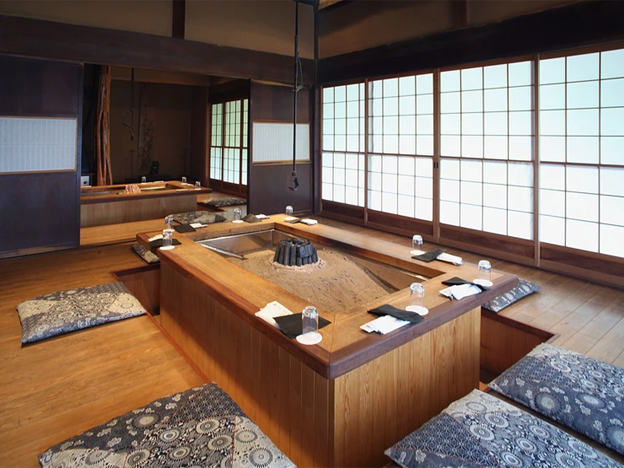

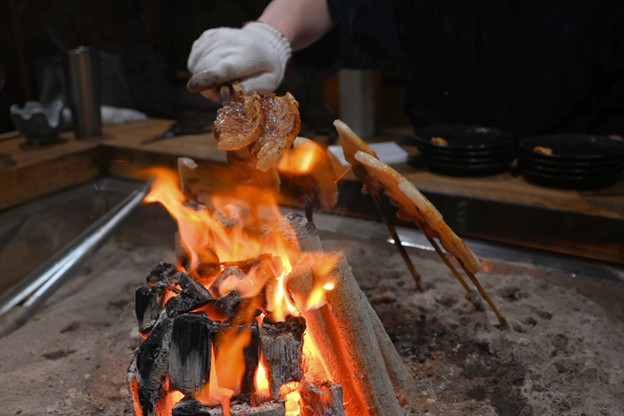









![Azabudai Hills [SUMI] (Janu Tokyo) ~ Editor's Afterword by the Editor-in-Chief of Japan's Gourmet Site](/gg/content_image//image/discover_oishii_japan/6536/article_head_150x105z.jpg)









